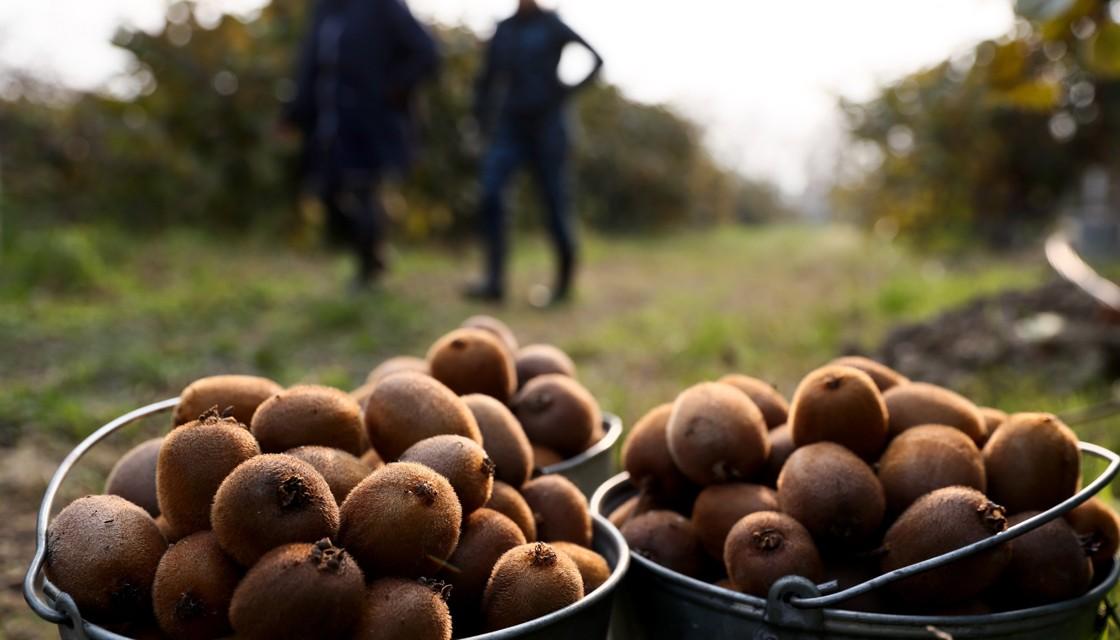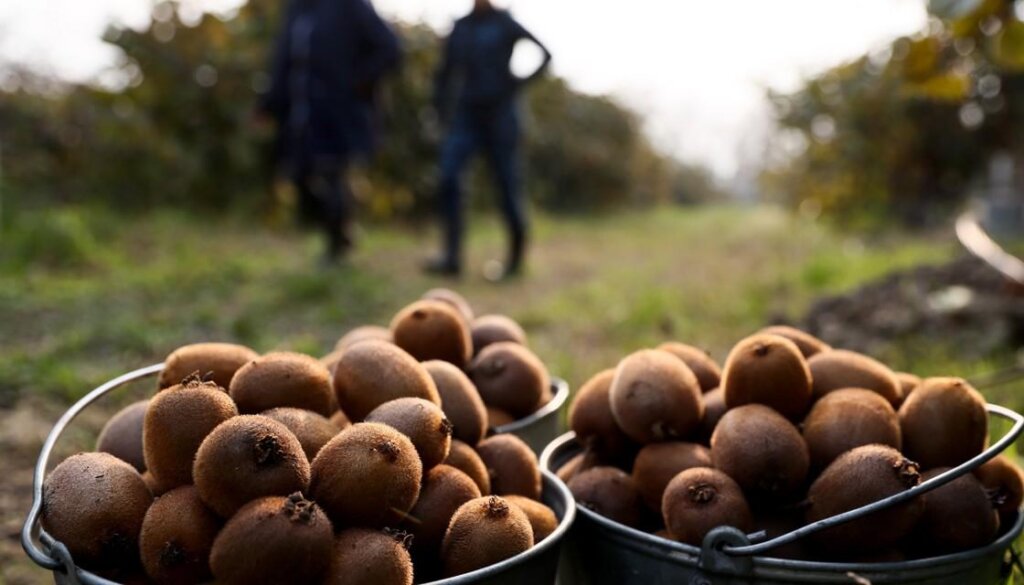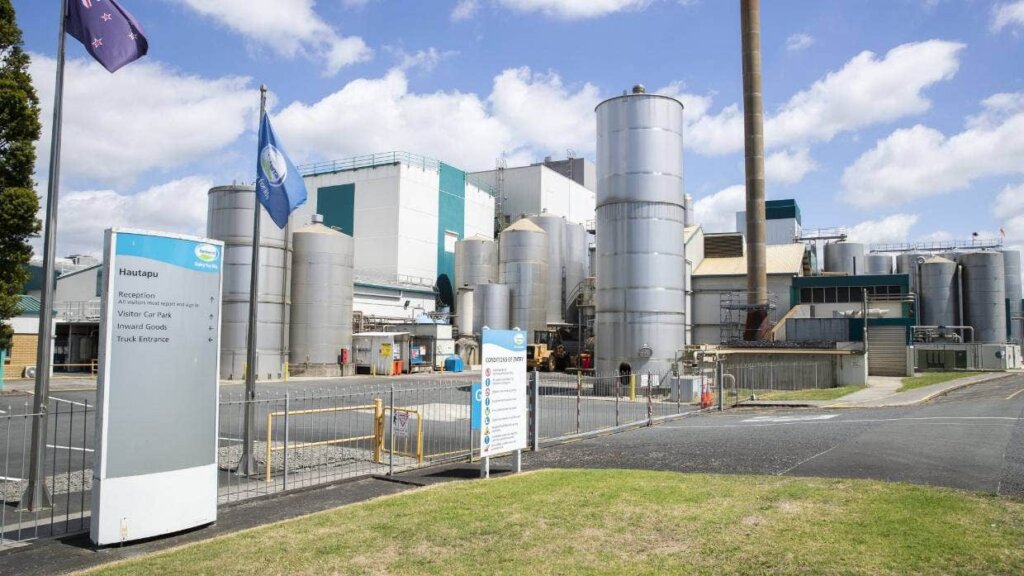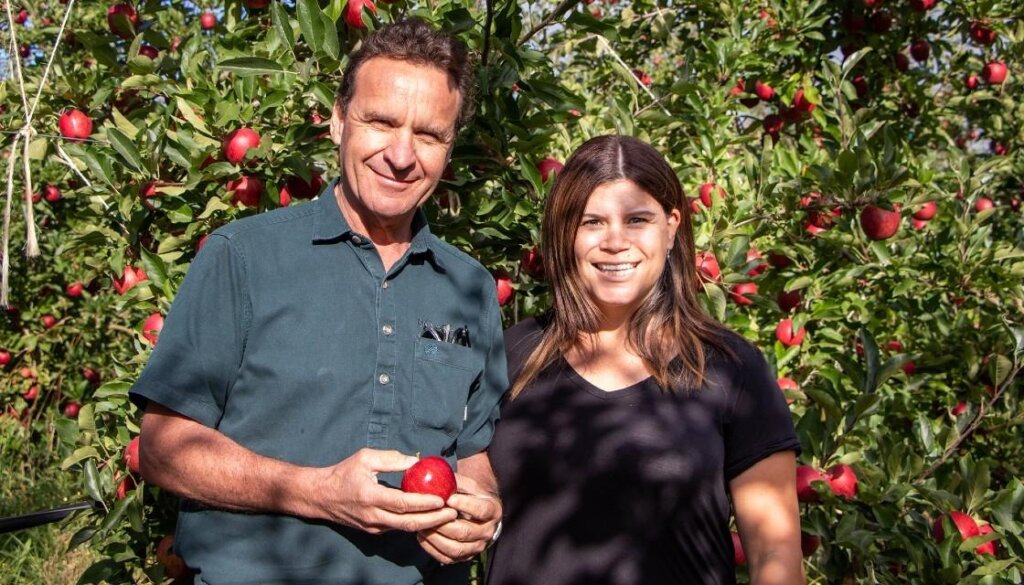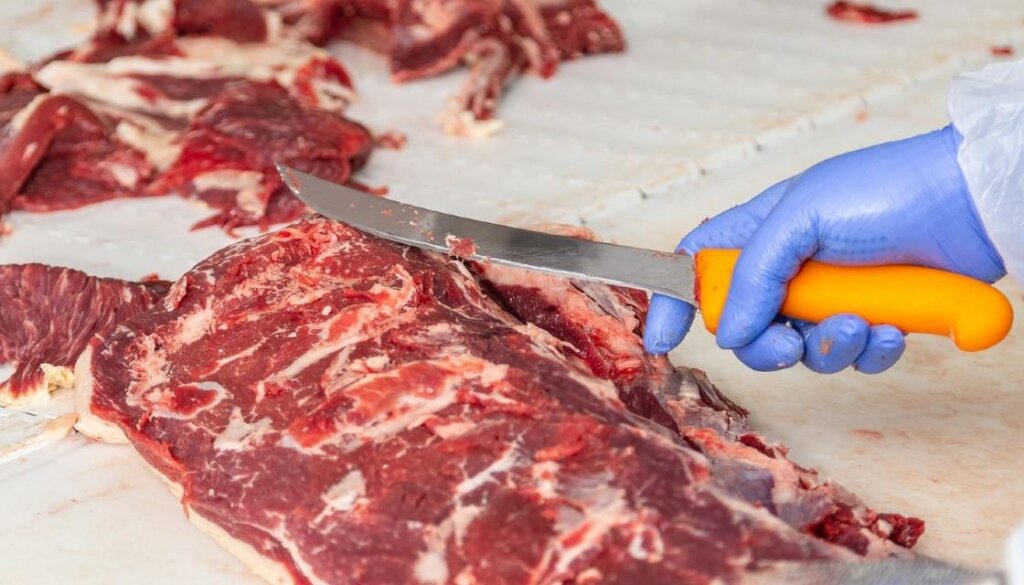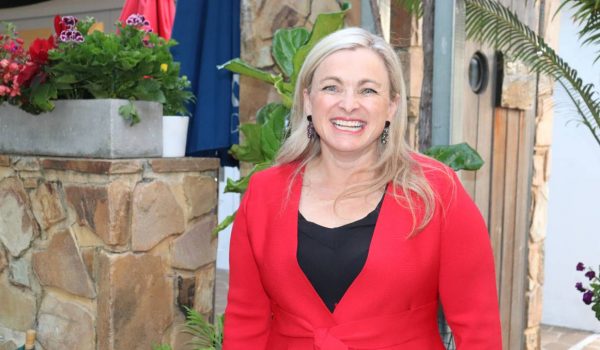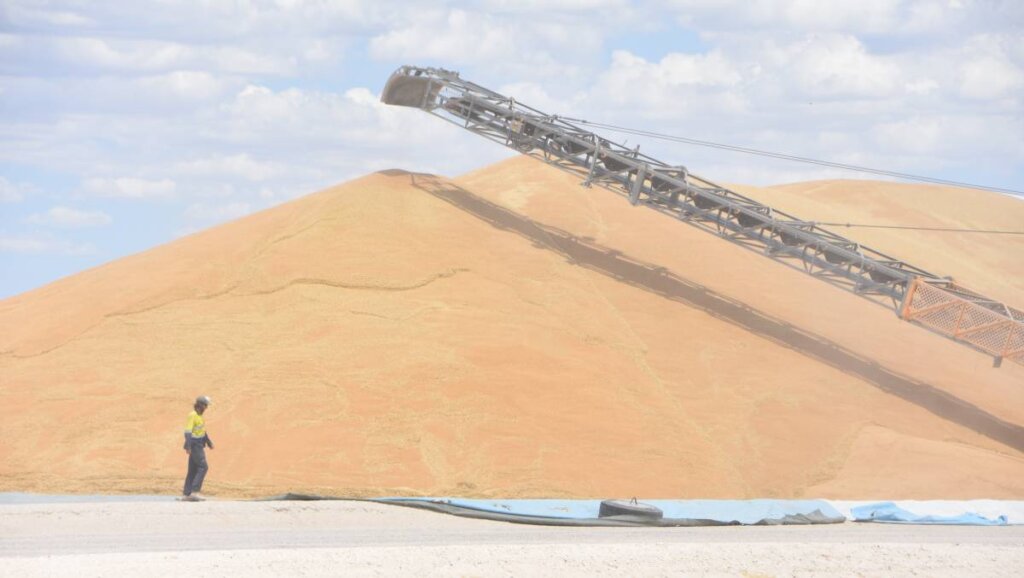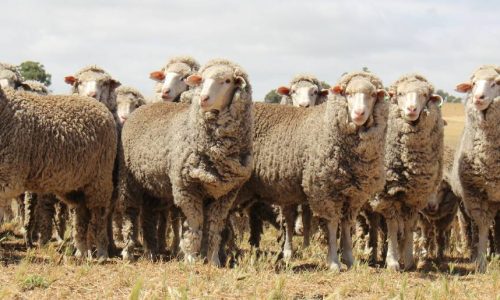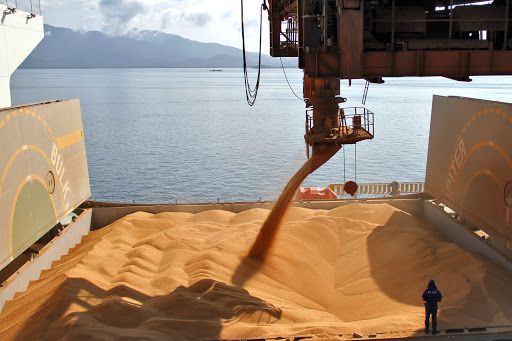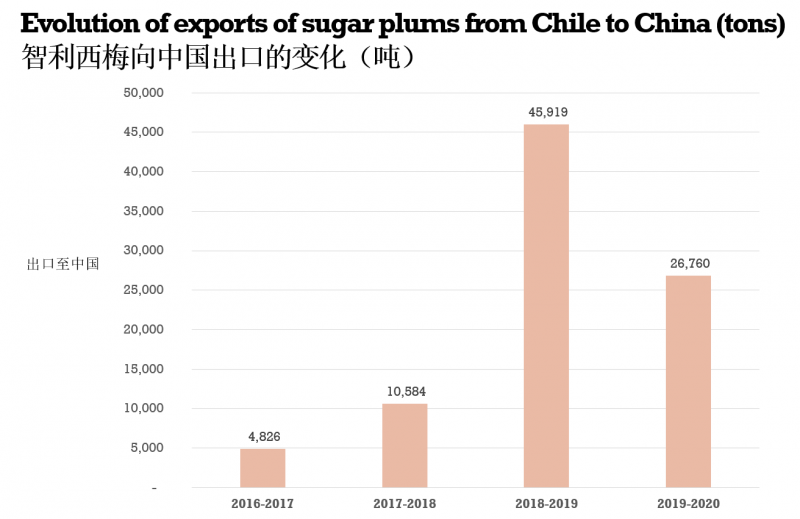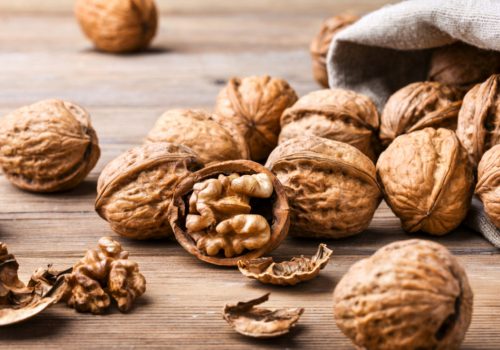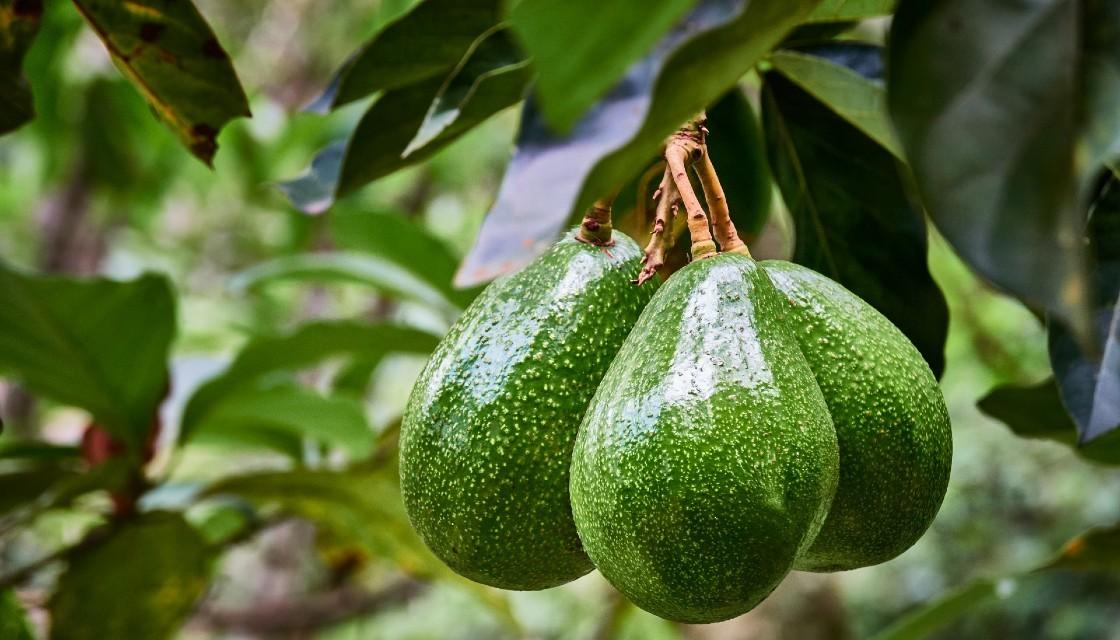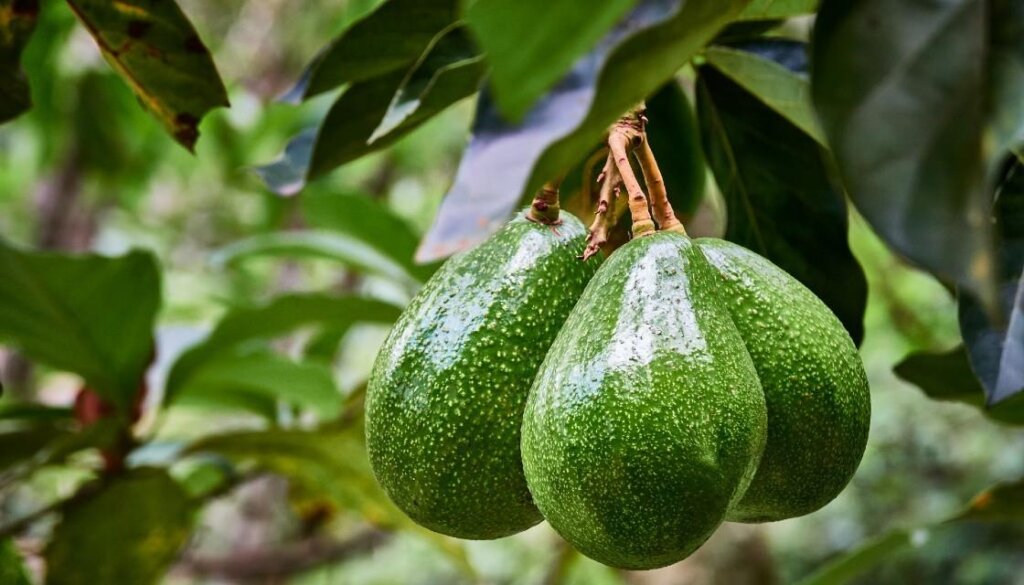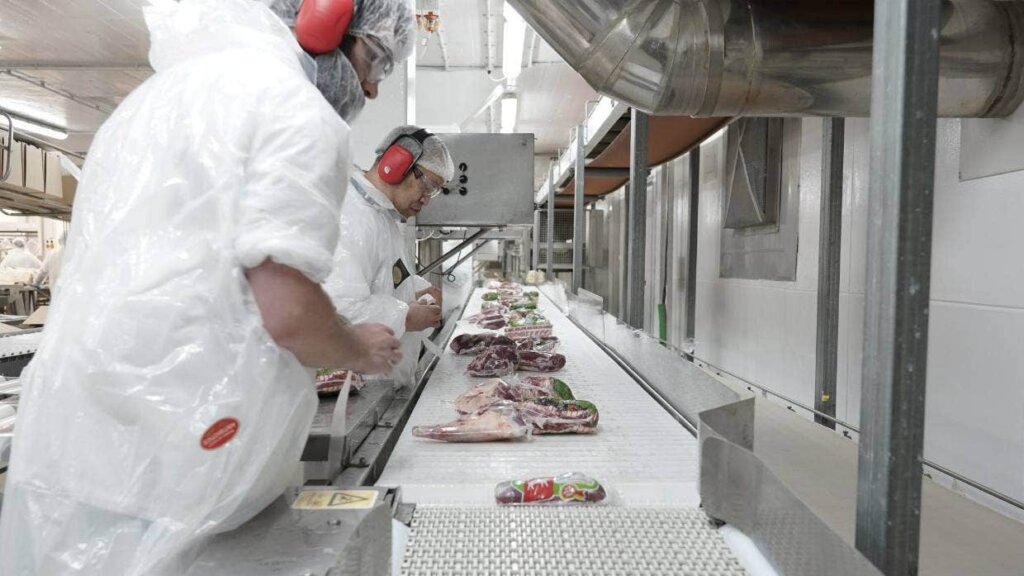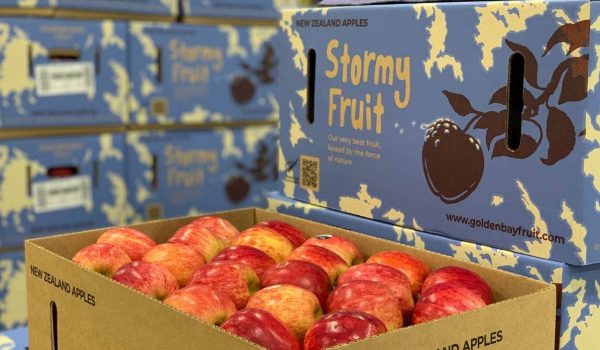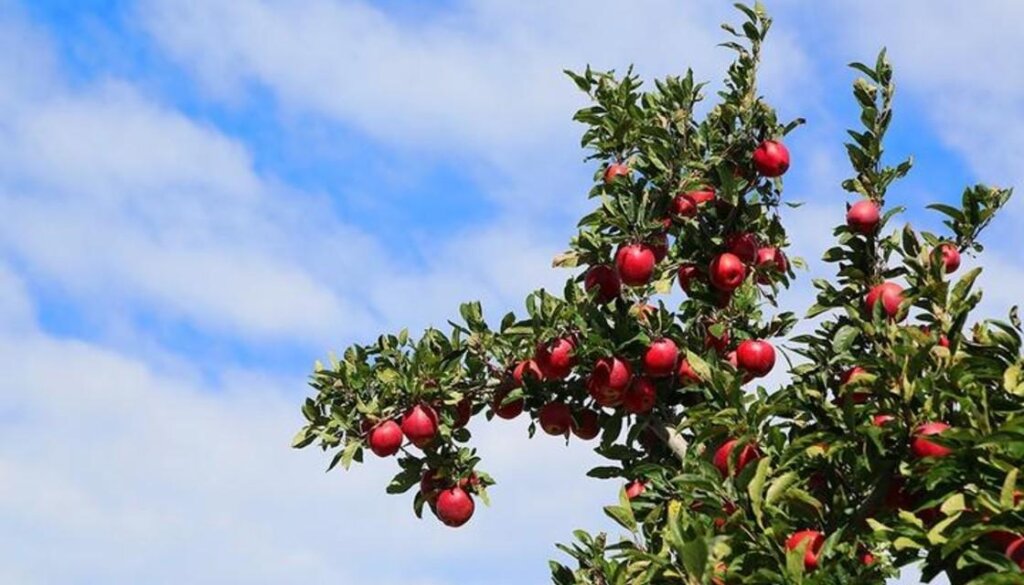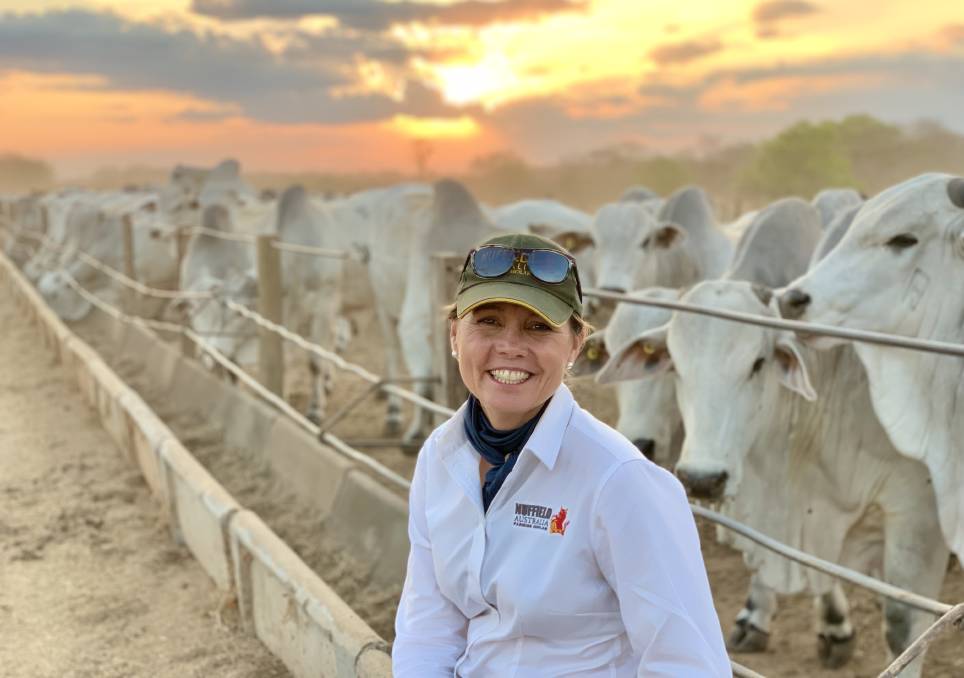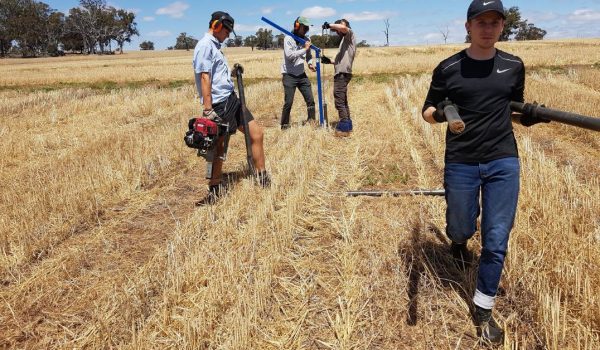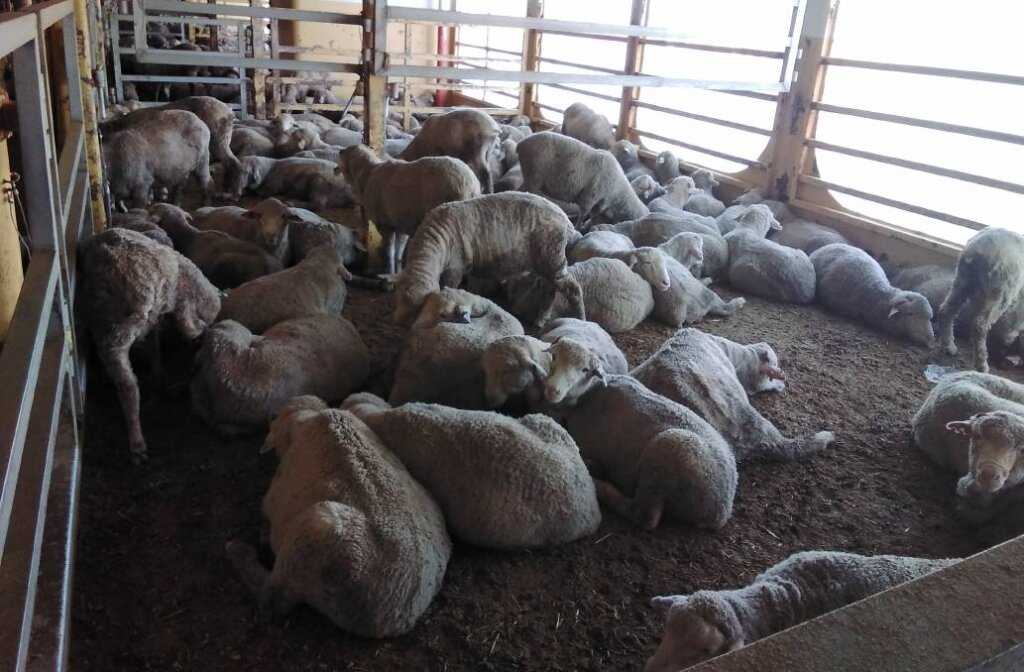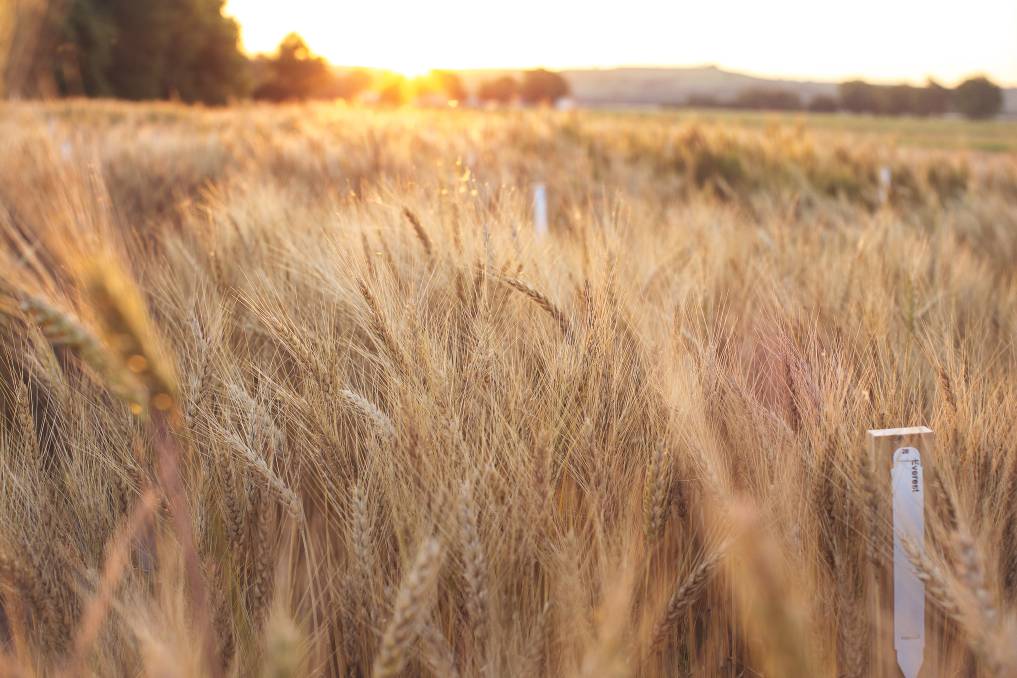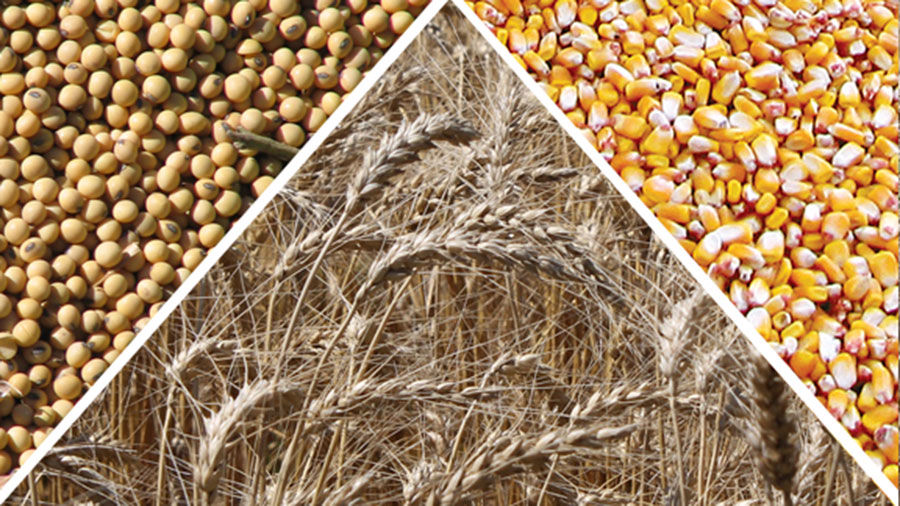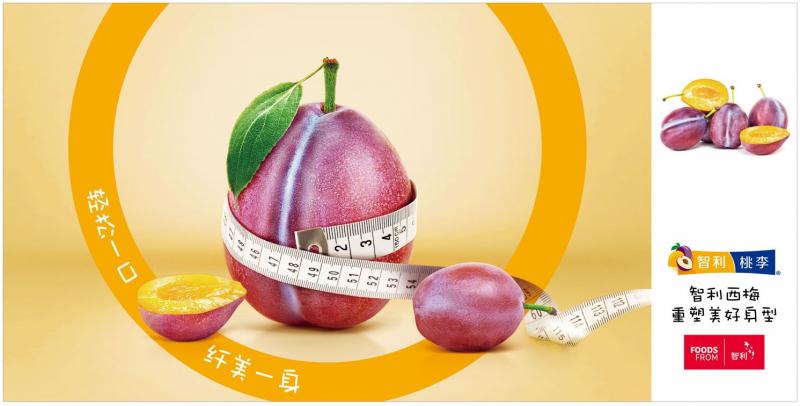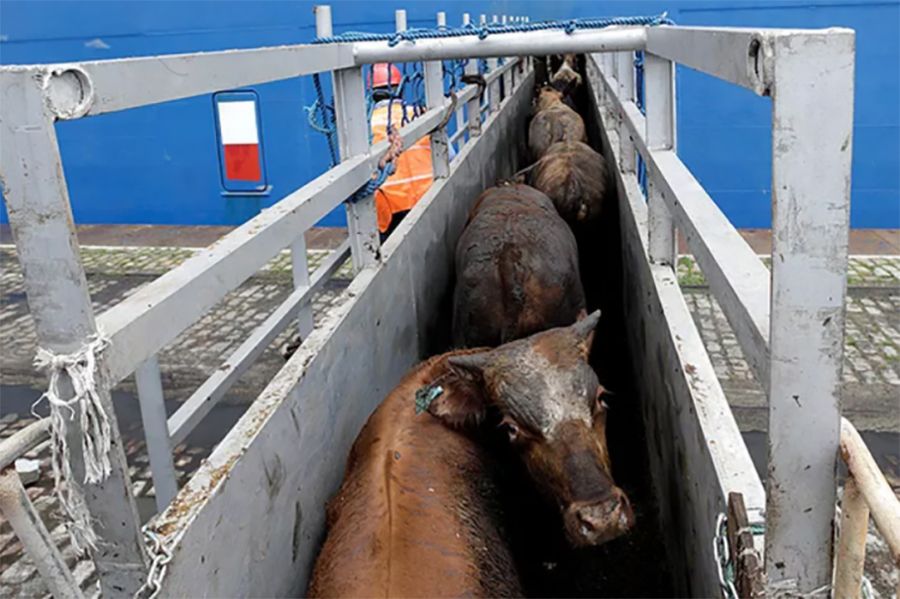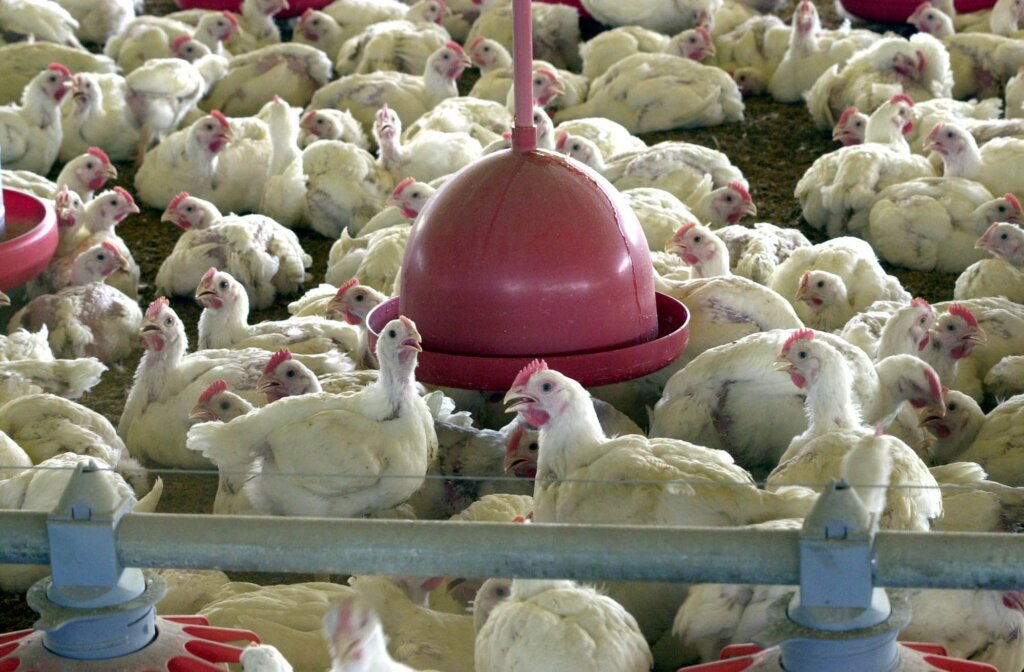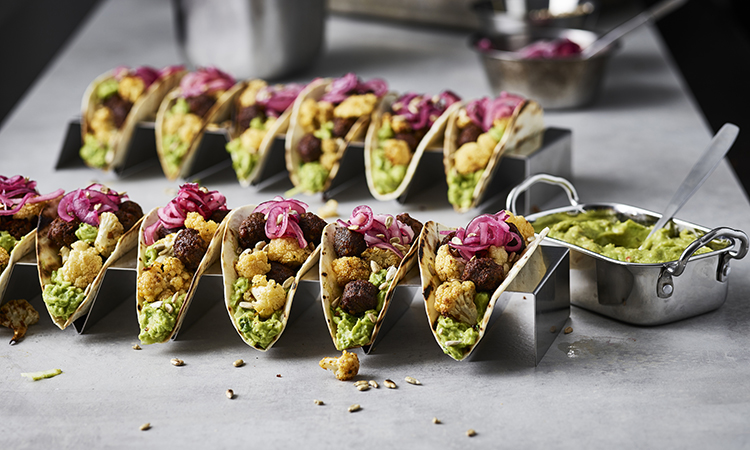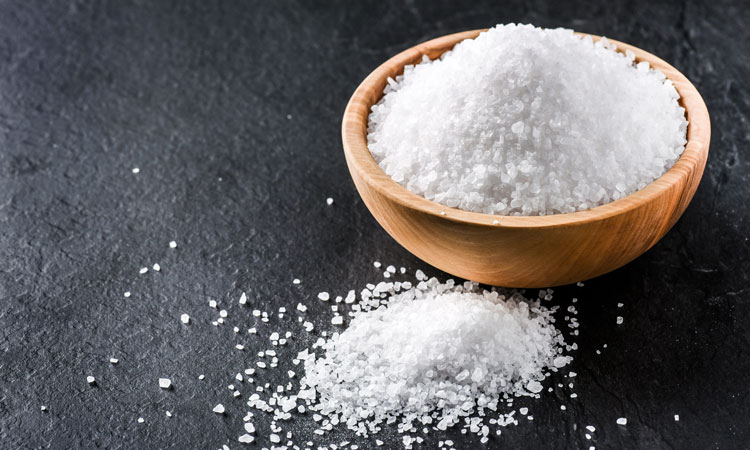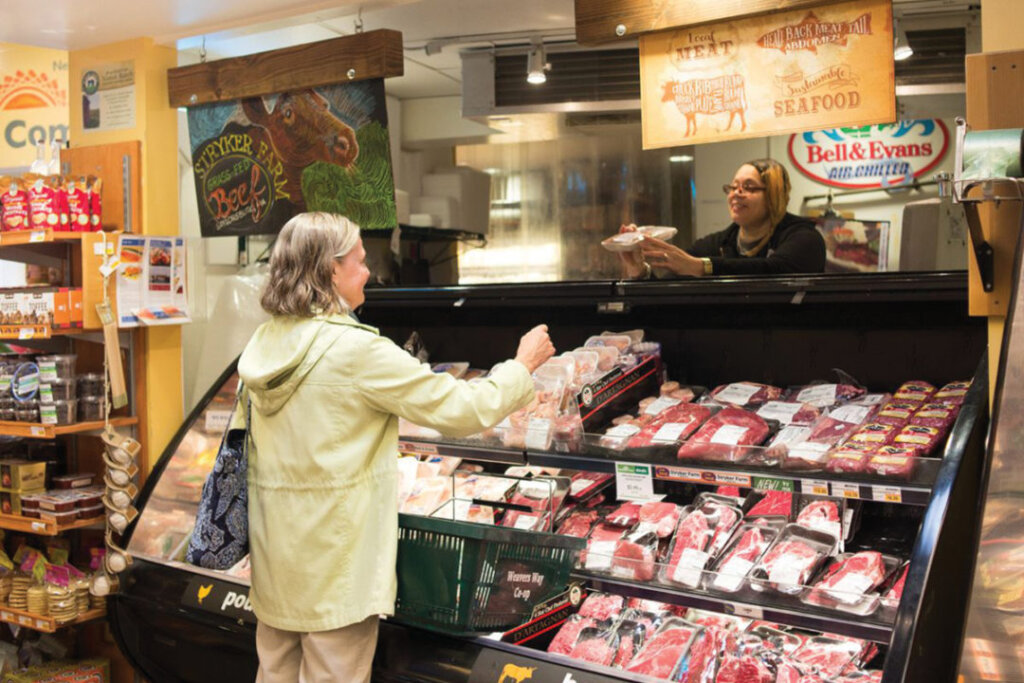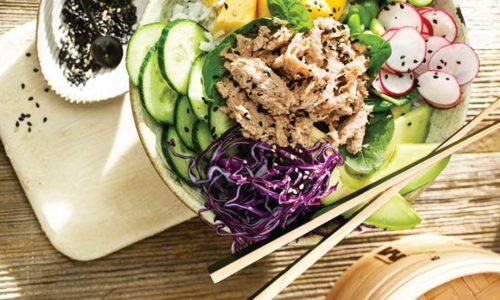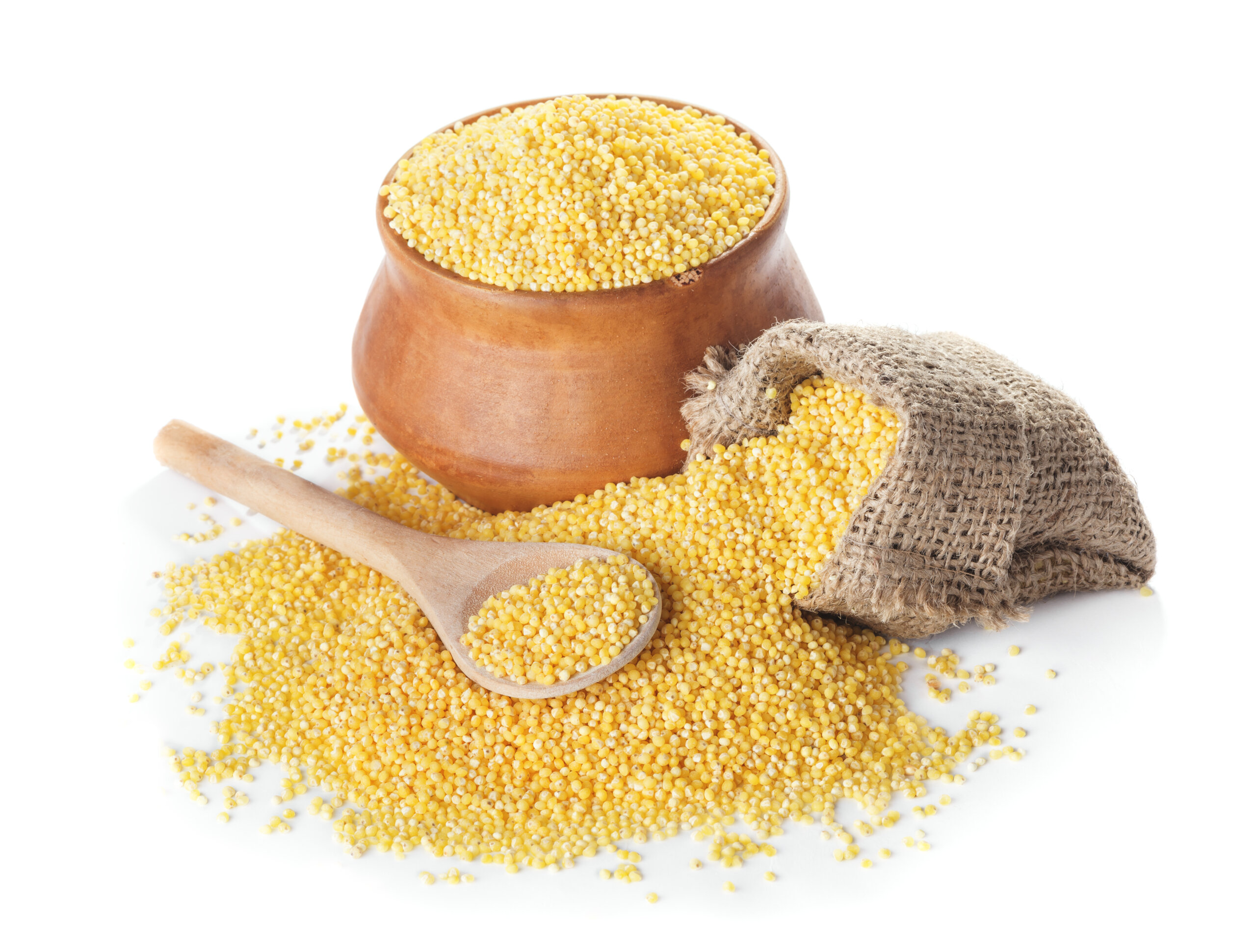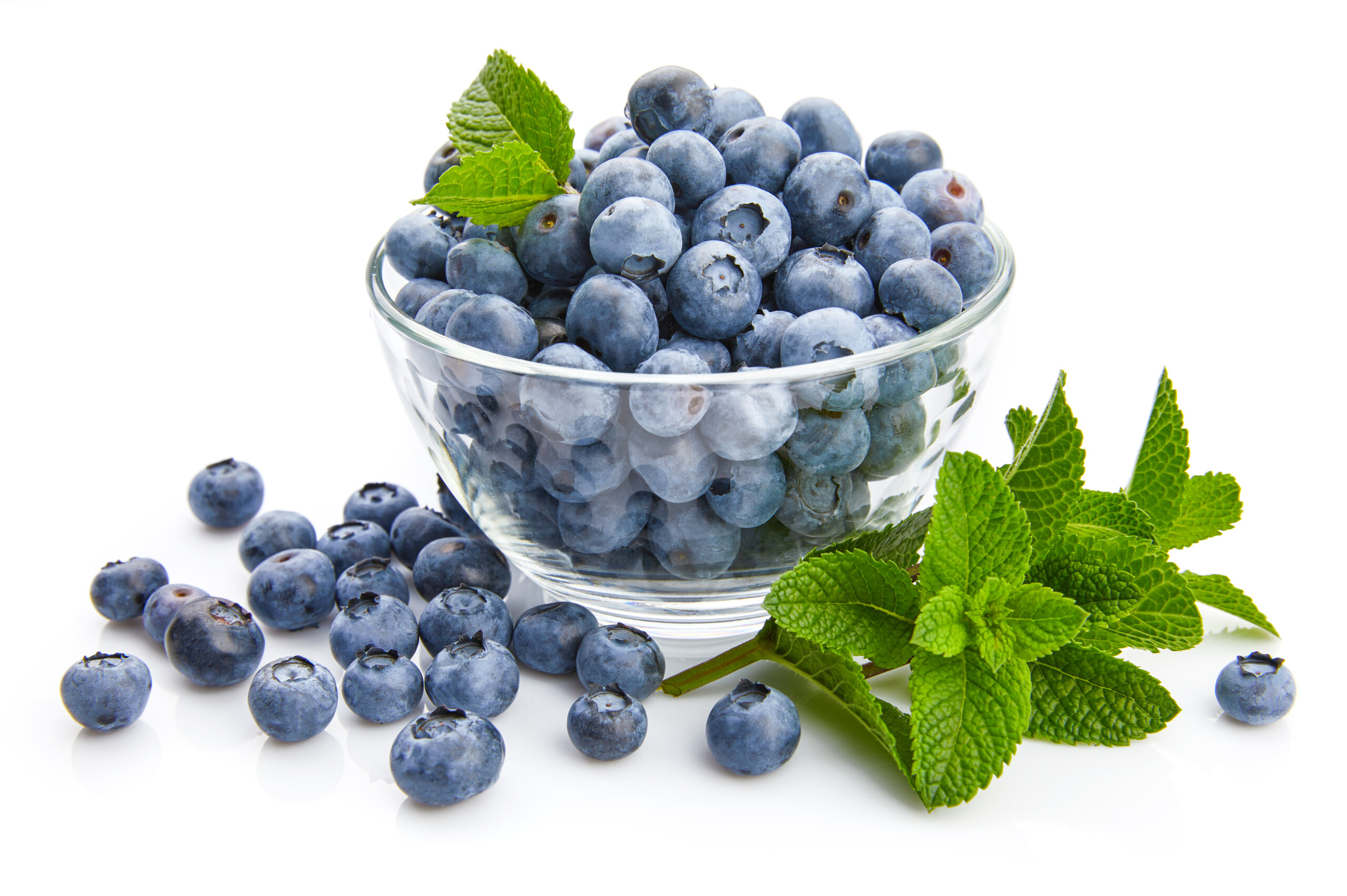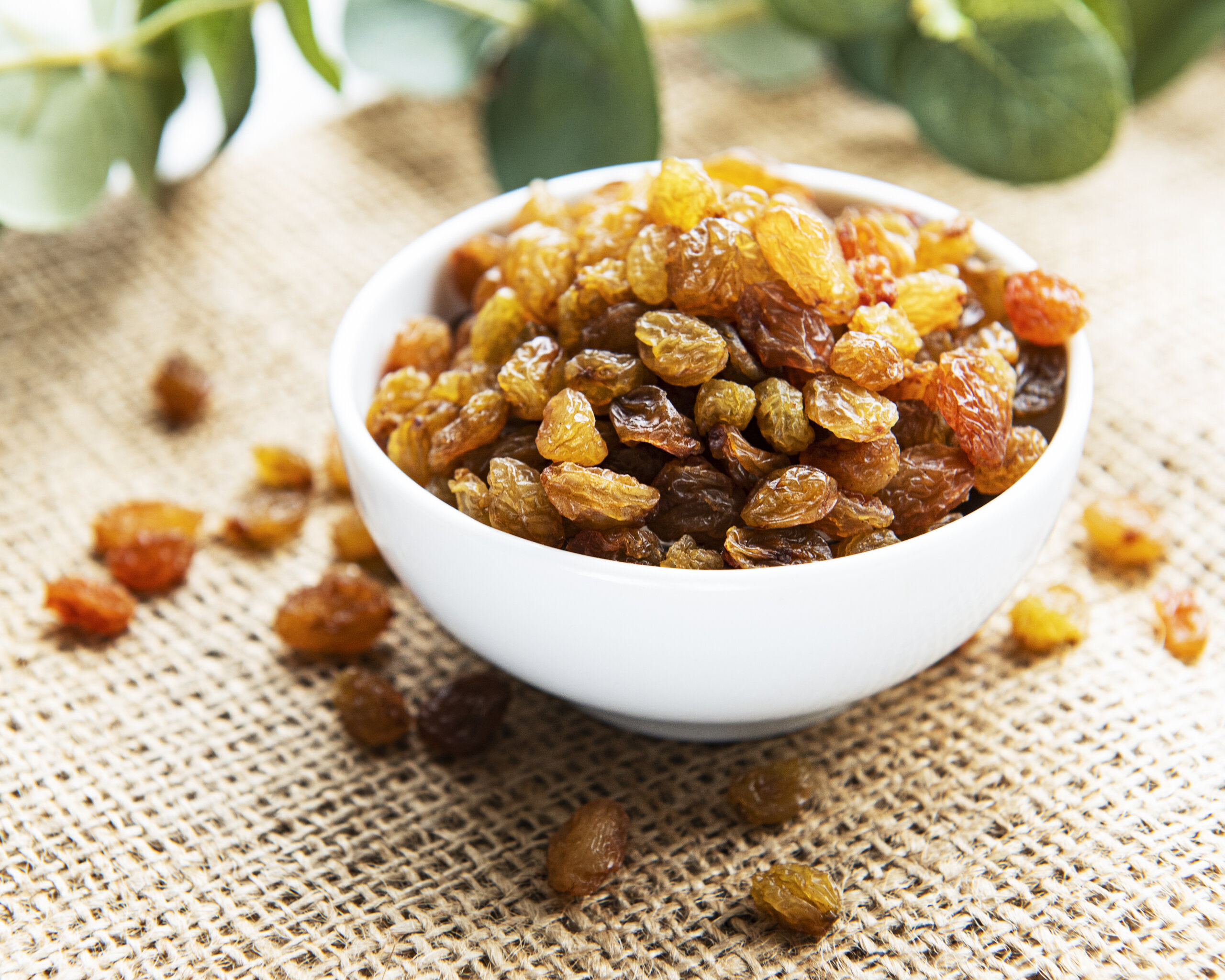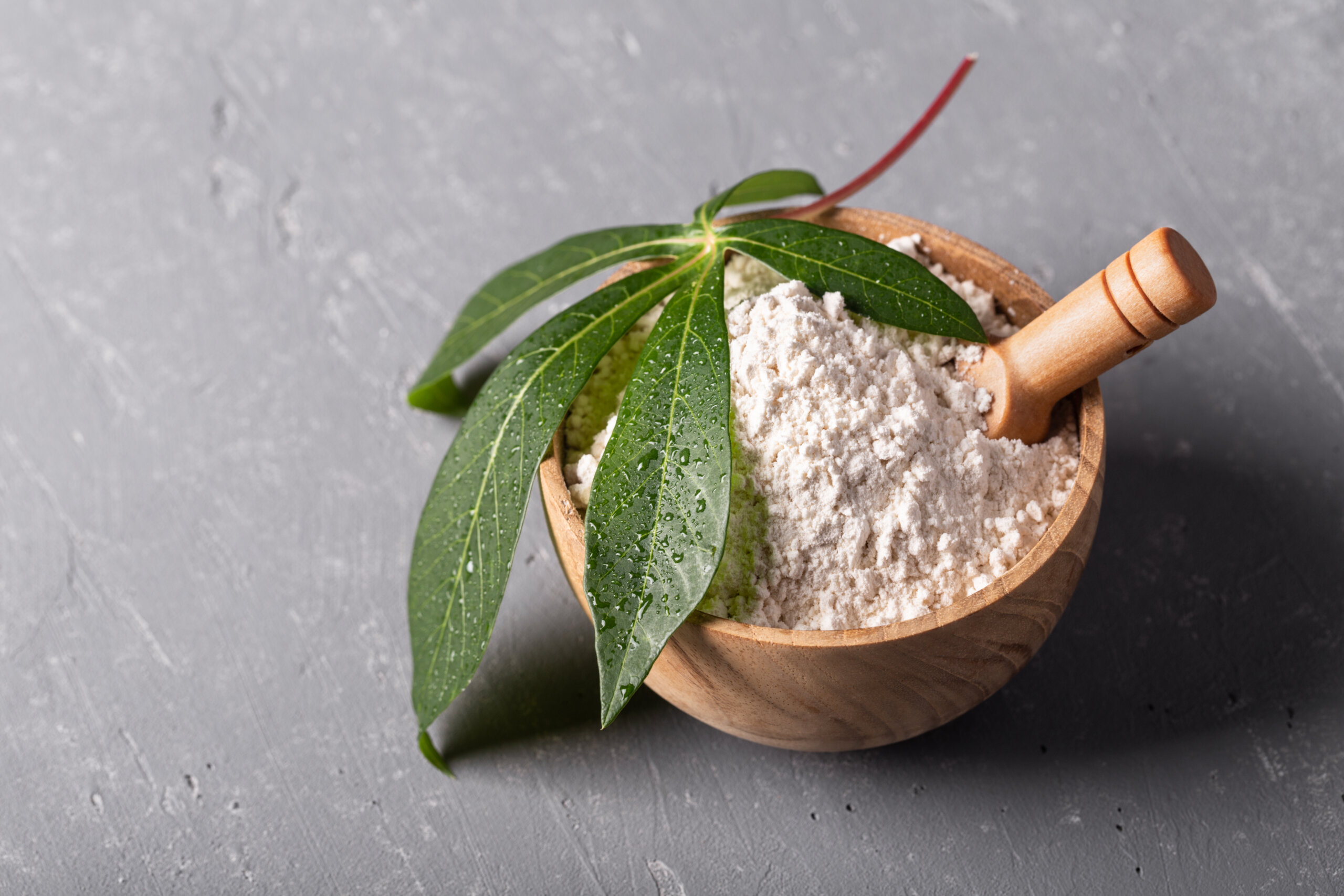This year’s global rice production is estimated at 503.2 million tons of milled grains, which is 2.0 million tons higher than 2020’s forecast.
China grabs the largest share of global rice production, followed by India, Australia, Thailand, Pakistan, Indonesia, and the United States.
Whereas lesser productions are projected for Argentina, along with Uruguay, Brazil, Paraguay, Peru, South Korea, Egypt, and Bangladesh.
Argentina’s Consumption and Production Forecast
The rice production in Argentina covers a minimum farm size of 50 hectares and is mainly merchandized. Since the country has subtropical and moderate temperature conditions, rice is being grown alternatively with cattle grazing and other pastures. The Japonica variety from Oryza Sativa is the most planted grains covering 95% of the country’s rice fields. It is forecasted to increase by 12% on year with a paddy production at 100,000 mt.
While the export prices from Argentina remain for the higher grades of long-grain organic rice at $600 per ton, forecasts show that Argentina’s rice market will increase at a CAGR of 4.76%. The figure presents an improvement from USD 0.529 Million in 2019 to an expected value of USD 0.699 Million in 2025. The growth of rice demands is brought by climate change, economic crises, and high inflation rates. The increasing prices of meat and milk products is an additional ground for consumers to switch their diet, being more cautious on organic, vegetarian, and healthier food products.
Although Indica variety is also cultivated yearly, it is now seen to increase its production and consumption domestically. The production of rice in Argentina increases every year with the expansion of rice paddies and improving agricultural practices. Regardless of the country’s low rice consumption per capita, rice production is still essential in the export division. Argentina mainly exports its organic rice in its neighboring market regions like Chile, Peru, and Central America. Additionally, the export market is continuously expanding, and even the Middle East and West African countries are being supplied by Argentina.
India’s Market Update on Organic Rice
India’s global rice exports have projected 45.6 million tons of milled grains, an estimated 0.8 million tons increase from 2020. Last year’s exports record for India was noted at 14.4 million tons listing it as the largest quantity of grains exported by a single country. Recently, India has increased its global market shares and expands its exports in West Africa, Malaysia, and Singapore. Hence, the forecast for 2020-2025 is projected to reach 2.7% CAGR. Seven major cities, Andhra Pradesh, Bihar, Odisha, Punjab, Tamil Nadu, Uttar Pradesh, and West Bengal, are working together to reach the forecast by the end of 2025. India anticipates a record of 13.8 million tons in 2020-2021, considering the current tight conditions in logistics globally. The country reported to have exported around 5.04 million tons of non-Basmati rice for the 2019-2020 season and is now expecting to export approximately 10 million tons of milled grains by the end of 2021. If the estimates would materialize, it would be a new record year, according to All India Rice Exporters Association (AIREA), following its highest record of 8 million tons in season 2017-2018.
Basmati rice is the largest export to Iraq, United Arab Emirates, Iran, Saudi Arabia, Yemen, and Africa, while non-Basmati rice is being exported mainly to the European and US regions. India’s major rice variety exports include parboiled rice, Swarna rice, Sella rice, Sona Masoori rice, and broken rice, which global share value stands at 12.9%, 1.5%, 2.2%, 1%, and 5.3%, respectively.
Among the global rice exporters, India, as one of the top ten producers of rice in the Asia-Pacific, continues to be the lowest-price Asian exporter this 2021, even if there is a slight increase in the prices over the past months. Their ranges for non-Basmati rice start at USD370 to USD380 per ton, followed by Thailand and Vietnam at USD460 to USD470 per ton. Its strongest competitor, China, also continues to manage its low prices globally, especially in Sub-Saharan Africa. Although, India is now considering a large export sales percentage to Bangladesh.
In February, India opened Kakinada Deepwater Port, an additional port to help and improve the logistics turnaround time of shipments. It will surely increase India’s forecast export trades on 2020-2021 to a wider audience.
China’s Market Update on Organic Rice
China accounts for its biggest export share in the United States and is considered as the top supplier of medium and short-grain rice in the country, while its tight competitor, India comes third. With a revenue of USD134,867 in 2021, China anticipates growing its market annually by 4.07% CAGR in the 2021-2025 forecast. China’s climate is best for rice farming, having 6-agro climatic zones; hence, several provinces in the country are given the major crop fields to produce organic rice. The key provinces include Anhui, Jiangsu, Hubei, and Sichuan, which report around a total of 49% of the country’s rice production.
Most of China’s shipments are directed to Puerto Rico, which forecast for 2020-2021 grows up to 63,000 tons of milled grains. In fact, the first shipment, 21,000 tons, already arrived in Puerto Rico in November 2020. Other major countries China supplies are Egypt, Turkey, Japan, Philippines, Ivory Coast, Korea, and African countries.
Being the largest producer of rice globally, China estimates to have the largest year-ending rice stock, which is around 75.7 million tons. The country covers 30 million hectares of rice paddies compared to its tight competitor, India. The land area does not only account for the massive export of the country. China has high-quality agriculture equipment and the most advanced irrigation facilities that contribute to the maximum export volume production.
Several indigenous varieties of rice are being cultivated across the country, but Japonica (60.7% production volume) and Indica (28.1% production volume) are the two key varieties China produces and exports. However, the country also exported medium to short grain rice a few years back with USD300 per ton.
Due to the economic situation, the Chinese Government replanned its crop planting strategies to yield more rice produce and meets the global export demands. The plan started with a double-season production plan in Southern China. Additionally, the government also will increase the construction of high-standard paddies along with better irrigation facilities by approximately 25%. As a result, China anticipates at least 650 million tons of milled grains export this year.
[su_divider top=”no” divider_color=”#726c6d” size=”7″ margin=”5″]
[su_button url=”https://www.facebook.com/tradelinksainternational/?view_public_for=105757601162821″ target=”blank” style=”flat” size=”5″ icon=”icon: facebook-f” text_shadow=”0px 0px 0px #000000″] [/su_button] [su_button url=”https://www.linkedin.com/company/tradelink-sa/?viewAsMember=true” target=”blank” style=”flat” size=”5″ icon=”icon: linkedin” text_shadow=”0px 0px 0px #000000″] [/su_button] [su_button url=”https://www.instagram.com/tradelinknz/” target=”blank” style=”flat” size=”5″ icon=”icon: instagram” text_shadow=”0px 0px 0px #000000″] [/su_button] [su_button url=”https://www.youtube.com/channel/UCewEsyFy0Y_1MdjwhsXvT0w” target=”blank” style=”flat” size=”5″ icon=”icon: youtube” text_shadow=”0px 0px 0px #000000″] [/su_button]
[su_youtube_advanced url=”https://www.youtube.com/watch?v=LCEkNZdMi04″ height=”200″ responsive=”no” fs=”no”]



